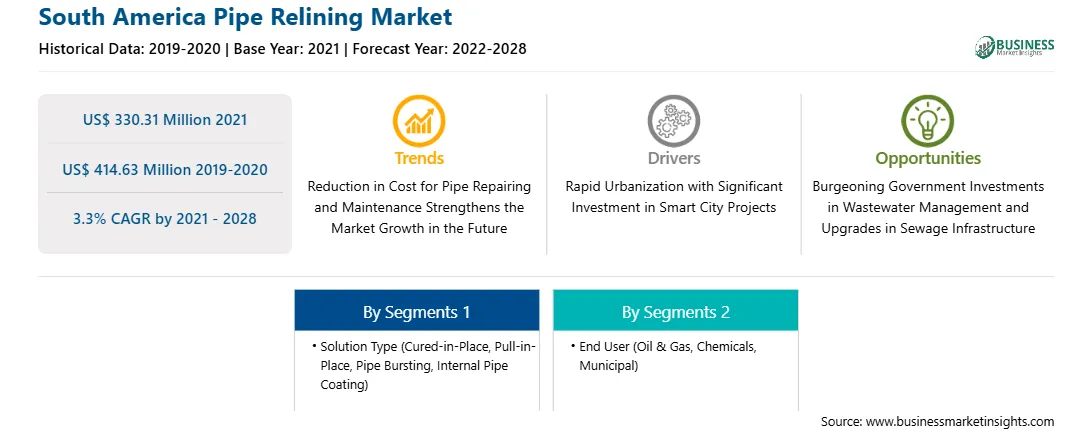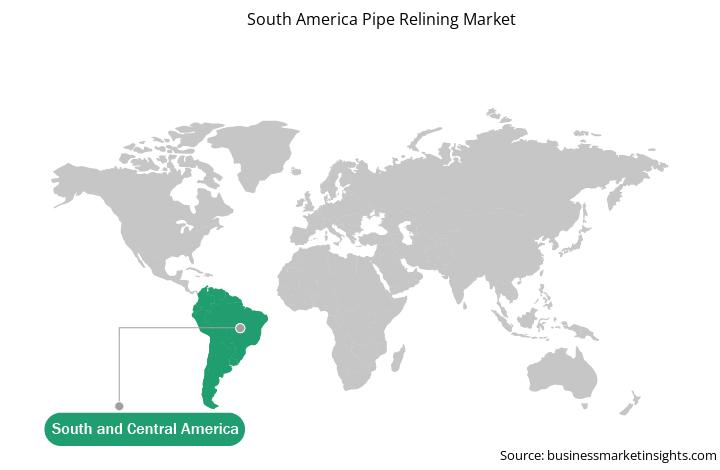During the recent past, property managers, municipalities, as well as homeowners have made use of traditional methods for pipe replacement to fix leaking, cracking, and root-intruded issues in their pipes. The traditional process includes trenching and is extremely time-consuming. Apart from being a slow process, the traditional renovation of pipes can be costly, particularly when the damaged pipes are located underneath landscaped lawns or tiled flooring, or behind finished walls. Thus, the method of traditional replacement involves the destruction of all the things that are covering the pipe. If the pipes are situated under the ground, the system has to be shut down; subsequently, the concrete base needs to be dug up and removed, together with any fill. These pipes will then be removed and discarded. The installation of new pipes will then take place, followed by a testing process. Once the process is completed after so much interruption, the pipes will become operational. After this, the contractors will need to restore the destroyed landscape as well as parts of the building. Thus, the pipe relining technology is considered as the most effective and emerging solution for restoration of damaged pipe systems both outside as well as inside of buildings. This process helps in the restoration of pipes without any devastation and helps in protecting pipes from several kinds of failures such as corrosion, debris buildup, root intrusion, and leaks. Further, the process of pipe-relining is a trenchless method of restoration, which does not require excavation. Furthermore, the pipe liners help in protecting the carried substances from mixing with metals inside the pipes that can cause lead leaching or decomposition. Pipe relining is not only an appropriate solution for drain lines and portable water lines restoration, but this technology can also be used for vertical applications, mechanical systems, and roof drains. Additionally, pipe relining can also help in increased pipe flow. Thus, growing adoption of pipe relining owing to its associated advantages is propelling the market growth.
With the new features and technologies, vendors can attract new customers and expand their footprints in emerging markets. This factor is likely to drive the SAM pipe relining market. The market is expected to grow at a good CAGR during the forecast period.
Strategic insights for the South America Pipe Relining provides data-driven analysis of the industry landscape, including current trends, key players, and regional nuances. These insights offer actionable recommendations, enabling readers to differentiate themselves from competitors by identifying untapped segments or developing unique value propositions. Leveraging data analytics, these insights help industry players anticipate the market shifts, whether investors, manufacturers, or other stakeholders. A future-oriented perspective is essential, helping stakeholders anticipate market shifts and position themselves for long-term success in this dynamic region. Ultimately, effective strategic insights empower readers to make informed decisions that drive profitability and achieve their business objectives within the market.

| Report Attribute | Details |
|---|---|
| Market size in 2021 | US$ 330.31 Million |
| Market Size by 2028 | US$ 414.63 Million |
| Global CAGR (2021 - 2028) | 3.3% |
| Historical Data | 2019-2020 |
| Forecast period | 2022-2028 |
| Segments Covered |
By Solution Type
|
| Regions and Countries Covered | South and Central America
|
| Market leaders and key company profiles |
The geographic scope of the South America Pipe Relining refers to the specific areas in which a business operates and competes. Understanding local distinctions, such as diverse consumer preferences (e.g., demand for specific plug types or battery backup durations), varying economic conditions, and regulatory environments, is crucial for tailoring strategies to specific markets. Businesses can expand their reach by identifying underserved areas or adapting their offerings to meet local demands. A clear market focus allows for more effective resource allocation, targeted marketing campaigns, and better positioning against local competitors, ultimately driving growth in those targeted areas.

The SAM pipe relining market is segmented based on solution type, end user and country. Based on the solution type, the solutions considered are cured-in-place pipe, pull-in-place, pipe bursting, and internal pipe coating. The cured-in-place pipe segment dominated the market in 2020 and is expected to be the fastest growing during the forecast period. Moreover, the cured-in-place pipe is further bifurcated into liner or longer repairs and patch or spot repair. Whereas, by end user, the market is broadly divided into oil & gas, chemical, municipal, and others. The oil & gas segment dominated the market in 2020 and chemical segment is expected to be the fastest growing during the forecast period. Based on country, the SAM pipe relining market is segmented into Brazil, Argentina, and the rest of SAM. Aegion Corporation, Nu Flow Corporate, Perma-Liner Industries LLC, Pipe Restoration Solutions, and Roto-Rooter are among the leading companies in the market.
The South America Pipe Relining Market is valued at US$ 330.31 Million in 2021, it is projected to reach US$ 414.63 Million by 2028.
As per our report South America Pipe Relining Market, the market size is valued at US$ 330.31 Million in 2021, projecting it to reach US$ 414.63 Million by 2028. This translates to a CAGR of approximately 3.3% during the forecast period.
The South America Pipe Relining Market report typically cover these key segments-
The historic period, base year, and forecast period can vary slightly depending on the specific market research report. However, for the South America Pipe Relining Market report:
The South America Pipe Relining Market is populated by several key players, each contributing to its growth and innovation. Some of the major players include:
The South America Pipe Relining Market report is valuable for diverse stakeholders, including:
Essentially, anyone involved in or considering involvement in the South America Pipe Relining Market value chain can benefit from the information contained in a comprehensive market report.